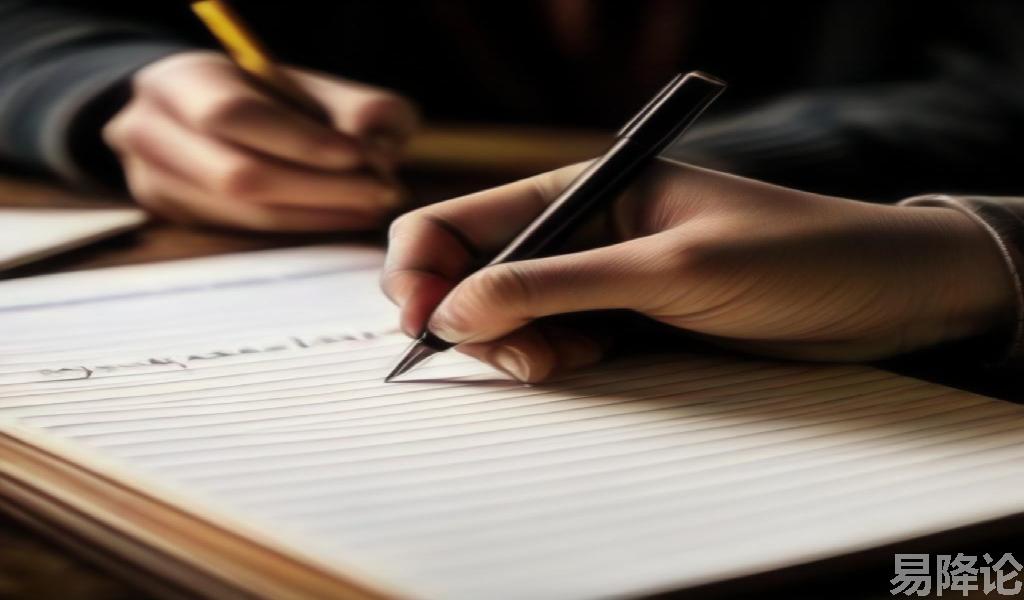英文期刊如何有效进行文章查重?
作者:易降论编辑部
关键词: 降重软件靠谱么 怎么降低论文重复率 论文降重修改句子软件
发布时间:

One popular plagiarism detection tool is Turnitin, which is widely used by academic institutions and journals. When a manuscript is submitted to a journal, the editor or manuscript screening team can run the document through Turnitin to generate a similarity report. This report highlights any sections of the manuscript that may have matches with existing sources, allowing the editor to review the flagged areas and determine if further action is required.
In addition to using plagiarism detection software, journals can also implement manual checks to ensure the originality of submitted articles. This can involve editors and peer reviewers carefully reading through the manuscript to identify any instances of plagiarism or academic misconduct. Editors can also check references and citations to ensure that all sources are properly credited within the text.
 It is important for journals to have clear policies and guidelines in place regarding plagiarism and academic integrity. Authors should be made aware of the journal's expectations regarding originality and proper citation practices. In cases where plagiarism is suspected, journals should have procedures in place for investigating and addressing any instances of misconduct.
It is important for journals to have clear policies and guidelines in place regarding plagiarism and academic integrity. Authors should be made aware of the journal's expectations regarding originality and proper citation practices. In cases where plagiarism is suspected, journals should have procedures in place for investigating and addressing any instances of misconduct.Overall, effective plagiarism detection in English-language journals requires a combination of technology, manual checks, clear policies, and author cooperation. By implementing these measures, journals can uphold high standards of academic integrity and ensure the credibility of the research published in their journal.
论文降重的技巧易降论
